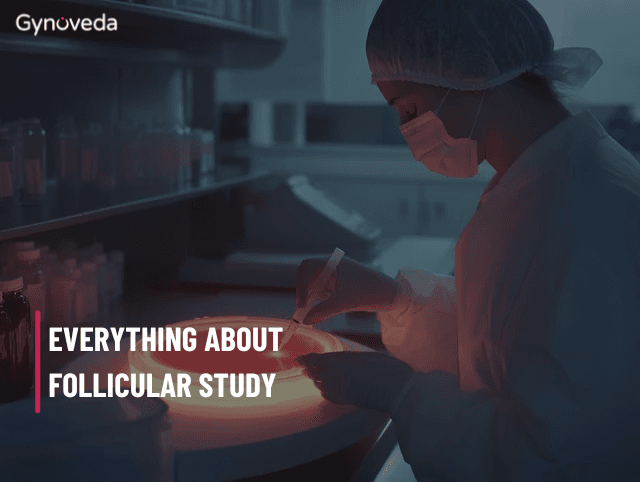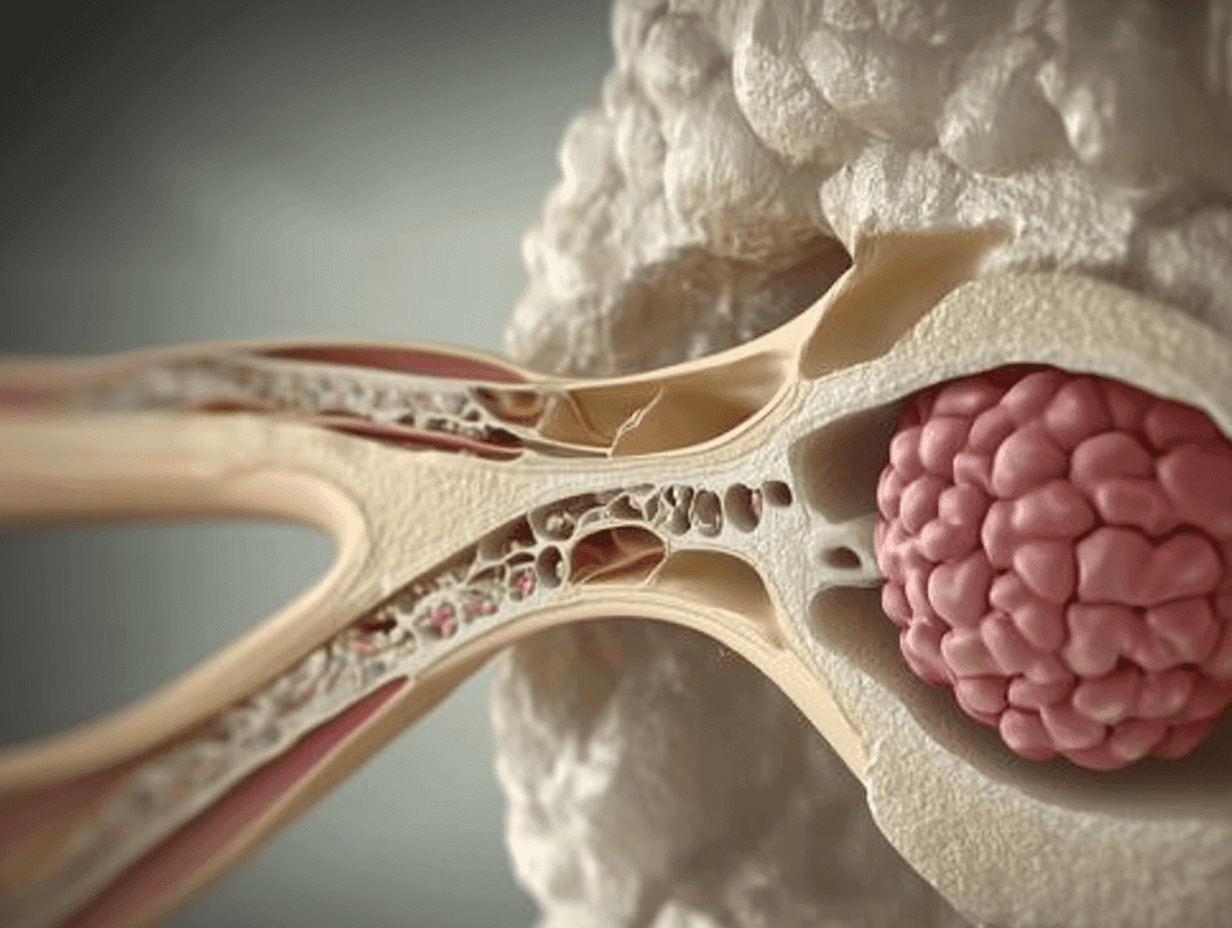Gynoveda's Blogs on Fertility: Ayurveda for Health

Gynoveda Clinics

Ayurvedic Medicine to Get Pregnant Fast

Top 10 Ayurvedic Tips to Reduce Implantation Pain

Male Sperm Count By Age Chart: Complete Guide

एंटी-मुलरियन हार्मोन (AMH) टेस्ट: उद्देश्य, स्तर और परिणाम

बच्चेदानी में गांठ के कारण, प्रकार, नुक्सान और इलाज
Conceive Naturally with Gynoveda Ayurvedic Fertility
No need to worry, your data is safe with us!

Is IVF Really Painful? Everything You Need to Know

7 Days Late Period, No Pregnancy Symptoms – Complete Guide

Early Pregnancy Brown Period Blood on Pad: It's Means & What to Do?

Positive Signs After Successful Embryo Transfer

Beta hCG Test Cost: Price, Factors & Where to Get Tested

2 Weeks Pregnant HCG Levels: Normal Ranges & Tests
Conceive Naturally with Gynoveda Ayurvedic Fertility
No need to worry, your data is safe with us!

Follicular Study: Procedure, Results & Costs

Best Age to Get Pregnant with PCOS: Expert Guide

How To Improve Egg Quality Naturally

What Is the Best Egg Follicle Size for Conceiving?

Hysterolaparoscopy: Procedure, Benefits, Recovery And Risk

Fibroids Meaning in Hindi – लक्षण, कारण, उपचार
Conceive Naturally with Gynoveda Ayurvedic Fertility
No need to worry, your data is safe with us!

Early Signs of Pregnancy Before Missed Period

What’s the Meaning of Faint Line on Pregnancy Test?

First 72 Hours Of Pregnancy Symptoms - How to Confirm

Normal Sperm Count to Get Pregnant: Complete Guide

एनीकोइक सिस्ट (Anechoic Cyst) – कारण, लक्षण और उपचार

Shatavari Benefits for Female Fertility
Conceive Naturally with Gynoveda Ayurvedic Fertility
No need to worry, your data is safe with us!

How Many Days Do Sperm Live in Female Body?

How Long Does It Take for Sperm to Reach the Fallopian Tube?

How To Use Ovulation Kit – Step By Step Guide

Minimum Egg Size to Get Pregnant

बार-बार बच्चा क्यों गिर जाता है? लक्षण, कारण, और उपचार

Yellow Vaginal Discharge: Colors, Causes, Signs, and Treatment
Planning For A Baby?
India's 1st Ayurveda Fertility Clinic
20K+ Couples Became Parents
Rated 4.6/5 By 13K+ Happy Parents

